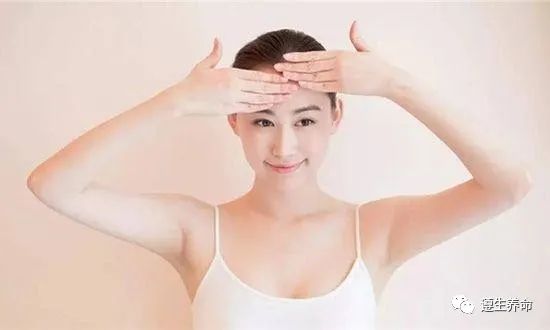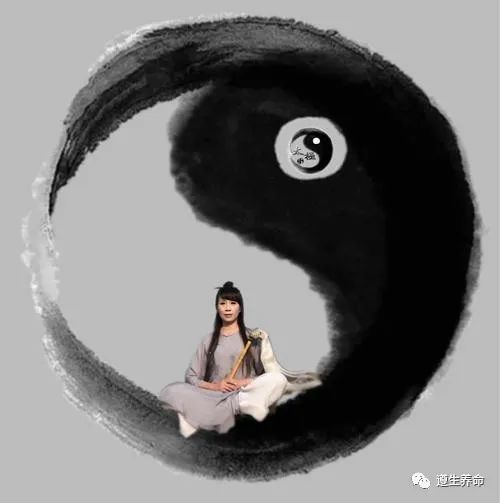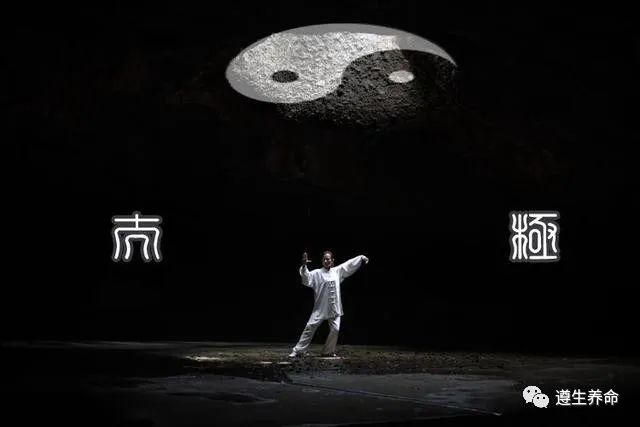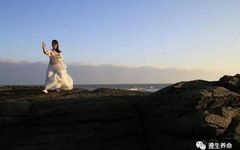
For those who enjoy Daoist health practices—follow me

Qigong practice is a form of exercise that involves adjusting the body, mind, and breath, integrating both physical and mental training to absorb the essence of the universe, enhancing the body’s vitality, promoting smooth energy flow, and invigorating the spirit. This practice improves immunity, increases adaptability, and cultivates the ability for self-healing and serving others.
Qigong training is a process that transitions from quantitative changes to qualitative changes. The growth of skill in this process is proportional to the time spent, the spirit of endurance, and the scientific methods employed. This can be expressed in a simple formula: Skill = Time + Sweat + Technique. While perseverance and determination are essential, the scientific method is the key to practicing Qigong, which involves the stages of Movement → Relaxation → Stillness → Concentration → Wisdom.

1. Understanding Relaxation through Movement
Dynamic Qigong serves as a guide for most beginners, especially for those with health issues who wish to recover through Qigong practice. It is essential to master dynamic exercises, which, through scientifically tailored movements, help practitioners quickly achieve a state of physical relaxation and mental tranquility, entering an optimal Qigong state. This is also a crucial method for healing certain ailments.
Through effective dynamic training, the body can achieve: activating joints, promoting blood circulation, massaging internal organs, and balancing Yin and Yang. Therefore, dynamic exercises are an indispensable part of Qigong practice and a necessary prerequisite for achieving stillness through movement.
How can one achieve relaxation through scientific movement? To reach this goal, one must have a scientific understanding of the human body, recognize its structural characteristics, and master an effective set of exercise methods. The following is a breakdown based on human anatomy:
The skin (epidermis, dermis) is suitable for rubbing. The skin is the body’s first line of defense and reflects overall health. The luster of one’s skin directly indicates health status, as seen in traditional Chinese medicine’s diagnostic methods. Healthy skin is elastic and radiant. From a movement perspective, the more the skin is rubbed, the shinier and healthier it becomes, which helps slow the development of wrinkles.

The bones (joints) are suitable for rotation. The skeletal system consists of bones connected by joints, which are formed by interlocking curved surfaces. Healthy bones should have closely fitting joints that move smoothly. If the joints are not well-aligned, it can lead to stiffness, noise during movement, and conditions like bone spurs that may compress nerves, resulting in various health issues. Therefore, to achieve joint activation, rotational movements are recommended based on the characteristics of the skeletal system.
Tendons (ligaments, blood vessels) are suitable for stretching. Tendons connect bones, facilitate the flow of Qi and blood, and transmit force. Strong tendons should be flexible, soft, and elastic. Based on the growth characteristics of tendons, the method of stretching is effective for promoting blood circulation and strengthening the skeletal system, hence tendons are suited for stretching.
The organs (heart, liver, spleen, lungs, kidneys) require nourishment. The five organs are considered Yin in nature and are inherently weak. There is a saying that if one organ suffers, all suffer; if one thrives, all thrive. The five organs serve as the body’s reservoir of Qi and blood and require organized and responsive functioning. Therefore, they need gentle and nourishing movements, such as sitting or lying exercises.
The six fu organs (stomach, gallbladder, intestines, bladder, san jiao) require peristalsis. The six fu organs are Yang in nature and are solid. Their primary function is to facilitate smooth operation. They are responsible for absorbing and distributing nutrients throughout the body. Each organ must perform its functions through specific peristaltic movements to meet the body’s needs. Thus, all six fu organs should operate without obstruction to ensure the smooth flow of Qi and blood throughout the body.

Qi should be regulated. Qi permeates every part of the body; if one area is neglected, it can lead to health issues. Daily practice of Qigong is essentially about regulating Qi, using specific movements to nourish the five organs, six fu organs, limbs, and all body parts, thereby achieving the goal of promoting Qi flow and blood circulation for health enhancement. Therefore, Qi should be regulated through deep, subtle, even, and prolonged breathing techniques.
2. Understanding Stillness through Relaxation
Through appropriate dynamic practice, the body’s tendons, bones, muscles, five organs, six fu organs, limbs, and all parts can achieve flexibility and relaxation, leading to a state of physical relaxation and mental tranquility. Only through physical relaxation can one achieve mental stillness. Thus, relaxation is the prerequisite for stillness, and stillness is the hallmark of entering the realm of Qigong.
3. Understanding Concentration through Stillness
To truly experience the state of stillness in Qigong practice, one must reach a high level of tranquility: only in a state of no thought can one achieve stillness, where Qi naturally stabilizes. This state of calmness leads to a return to one’s true nature. This is the true reflection of entering concentration, where one experiences unity with the universe and the best state of communication with all things. It represents the transformation from action to inaction and from inaction back to nature, where the self and the world are forgotten.
4. Understanding Wisdom through Concentration
As one progresses in Qigong practice, a state of profound understanding emerges, where the key lies in entering concentration. At this moment, there is a significant leap in one’s understanding.
Generally, the deeper the state of stillness, the more frequent the occurrences of concentration, and the longer the duration, leading to better insights and enhanced cognitive abilities. This also signifies the ability to receive cosmic information accurately, which is a hallmark of practicing Qigong and entering a meditative state. It is a precursor to achieving profound enlightenment and a necessary step in advancing to higher realms of Qigong practice, where concentration inevitably leads to wisdom.

In Qigong practice, the stages of movement, relaxation, stillness, concentration, and wisdom all rely on understanding. Understanding is the core of Qigong practice; only with a good understanding can one progress in practice, review past knowledge, and advance step by step.
Correctly understanding and applying the relationship between movement, relaxation, stillness, concentration, and wisdom is crucial. In the initial stages of practice, the focus is primarily on movement, with relaxation as a support. One should aim for comprehensive movement throughout the body, achieving relaxation as a goal. In the intermediate stage, the focus shifts to stillness, with relaxation as the foundation, first achieving relaxation throughout the body, then progressing to a state of stillness. Thus, movement leads to relaxation, relaxation leads to stillness, stillness leads to concentration, and concentration leads to wisdom.

If you like it, please share and like

